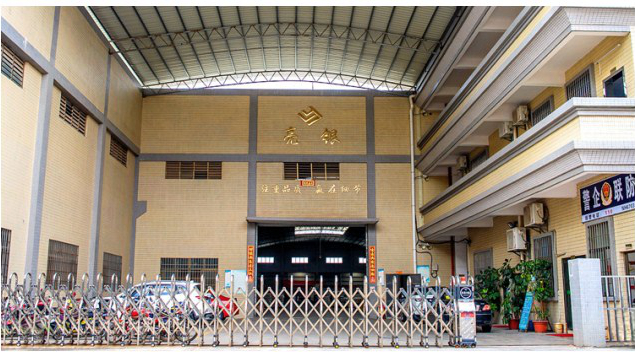As the world shifts towards sustainable energy sources and greater environmental awareness,
aluminum profiles have emerged as a vital component in various new energy applications.
Their unique properties, including lightweight, corrosion resistance, and recyclability,
make them an ideal choice for enhancing the performance and efficiency of new energy technologies.
In this article, we will explore the diverse applications of aluminum profiles in the new energy sector.

1. Solar Energy
Aluminum profiles play a crucial role in the solar energy industry. They are widely used in the construction of solar
panel frames and mounting systems. The lightweight nature of aluminum makes it easier to handle and install solar panels,
reducing overall system weight and lowering shipping costs. Additionally, aluminum's resistance to corrosion ensures
the longevity and durability of solar panel structures, making them suitable for outdoor installations in diverse environments.
2. Wind Energy
In the wind energy sector, aluminum profiles find application in wind turbine components. From tower structures to rotor blades,
aluminum's high strength-to-weight ratio makes it a preferred material for reducing the overall mass of the turbine.
Lighter turbine components lead to increased energy efficiency and reduced operational costs. Moreover,
aluminum's ability to withstand harsh weather conditions further enhances the reliability and longevity of wind turbine systems.
3. Electric Vehicle (EV) Battery Housing
As the automotive industry transitions towards electric mobility, aluminum profiles have become essential in the manufacturing
of lightweight and sturdy battery housings for electric vehicles. The excellent thermal conductivity of aluminum helps
dissipate heat generated during charging and discharging, ensuring optimal battery performance and extending battery life.
The use of aluminum profiles in EV battery housings contributes to increased driving range and energy efficiency,
making electric vehicles more viable and sustainable.
4. Energy Storage Systems (ESS)
Aluminum profiles are widely employed in energy storage systems, including batteries and capacitors.
Their ability to dissipate heat efficiently and provide structural support enhances the safety and performance of energy storage units.
Whether in stationary applications for grid-level energy storage or portable devices like power banks,
aluminum profiles contribute to improved energy management and reliability.
5. Hydrogen Fuel Cells
Aluminum profiles are finding increasing use in hydrogen fuel cell technologies.
They are utilized in the construction of fuel cell stacks and related components. Aluminum's lightweight property
reduces the weight of fuel cell systems, making them more portable and suitable for various applications,
including transportation and backup power generation.
6. Geothermal Energy Systems
In geothermal energy applications, aluminum profiles are employed in the manufacturing of heat exchangers and other components
used in geothermal power plants. Aluminum's resistance to corrosion and excellent thermal properties make it well-suited
for transferring and managing geothermal heat efficiently.
In conclusion, aluminum profiles have proven to be indispensable in advancing new energy technologies.
Their versatility and remarkable properties contribute significantly to the development of sustainable energy solutions.
From solar and wind energy to electric vehicles and energy storage, aluminum profiles continue to drive innovation
and pave the way towards a greener and more sustainable future.

